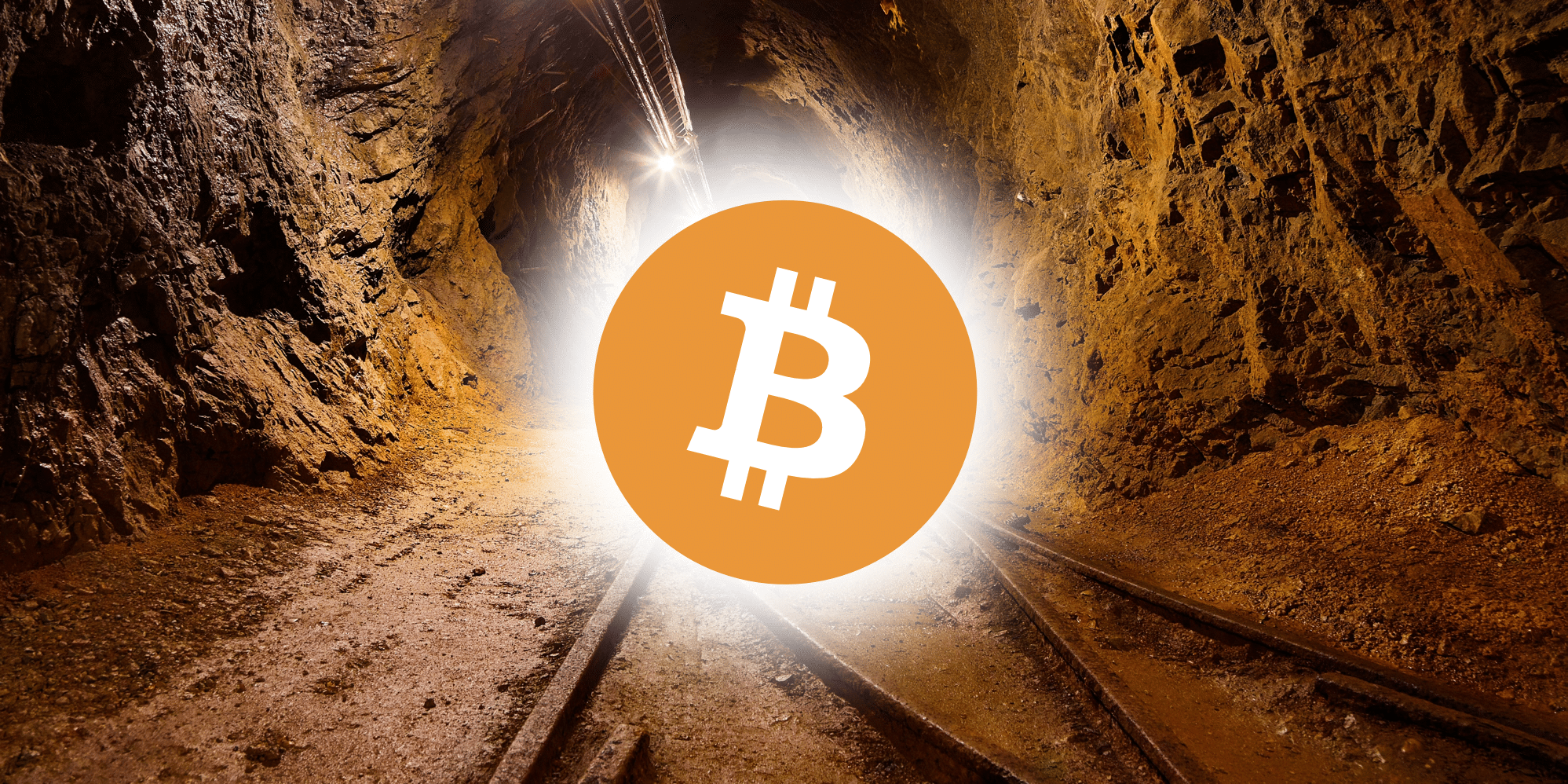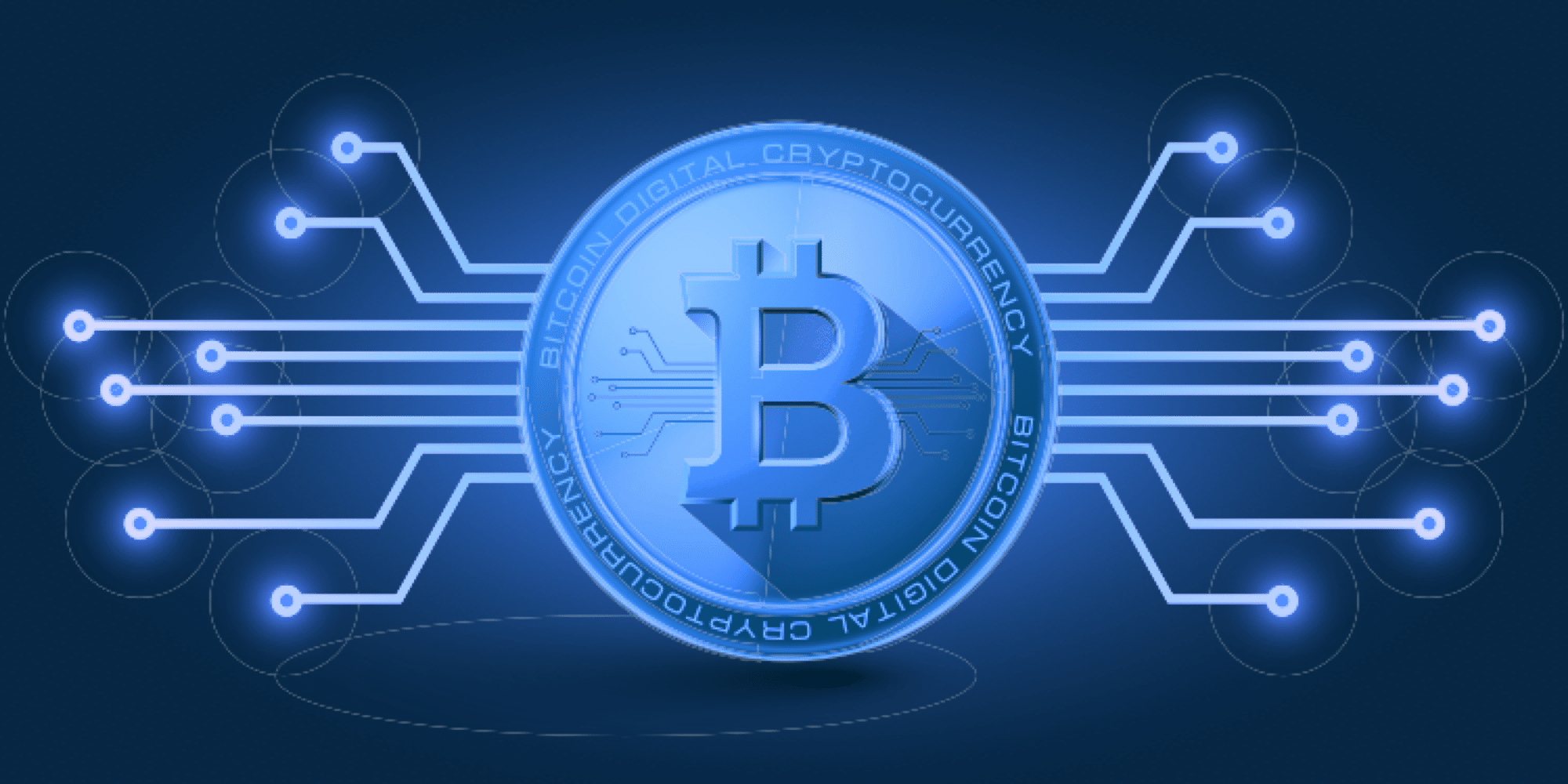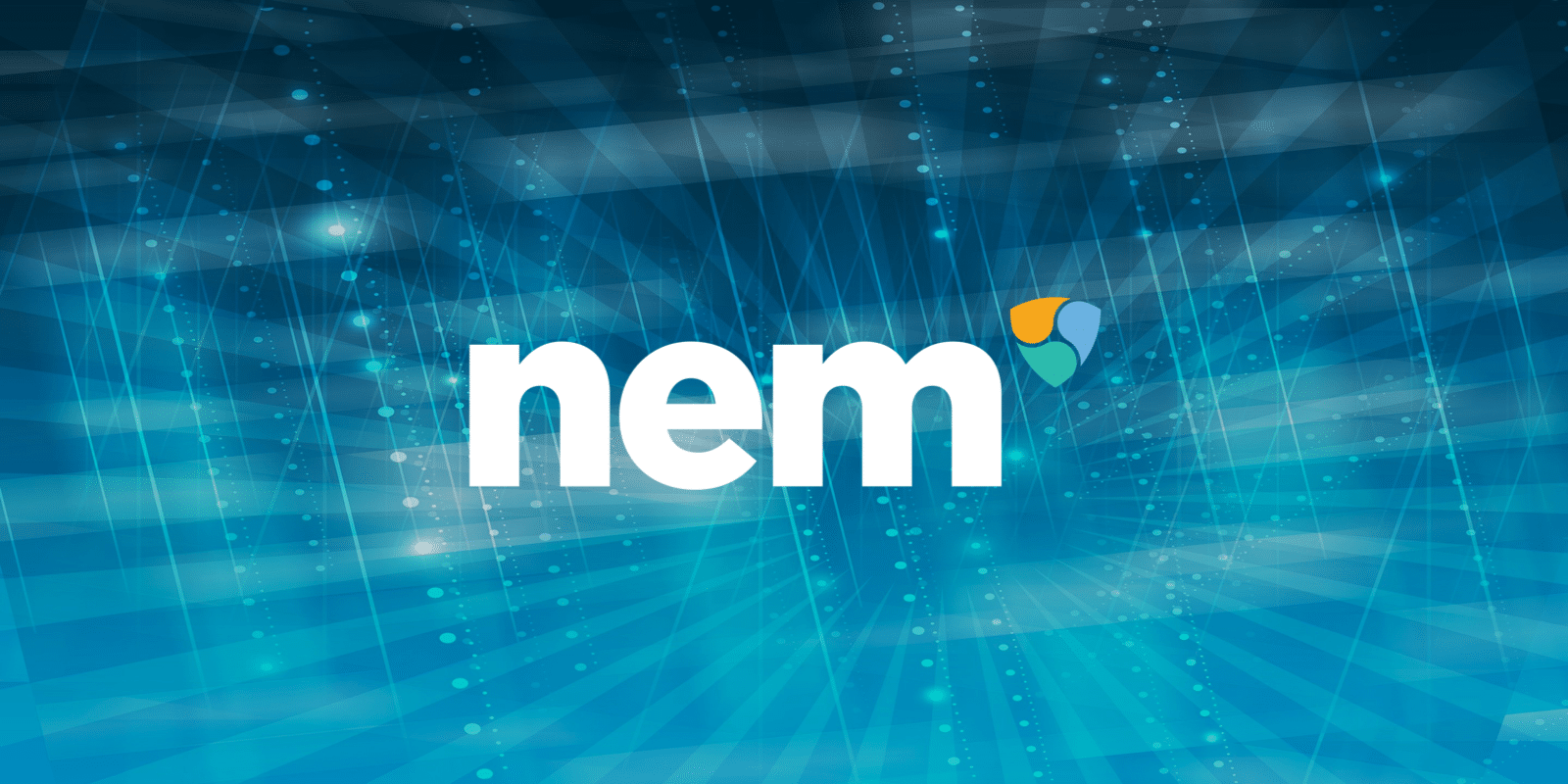- How Does Kusama Network Work?
- The Kusama Treasury
- Kusama Tokenomics: KSM Token
- Final Thoughts: Kusama as Polkadot’s Testing Ground
Kusama is a smart contract-enabled blockchain platform developed by Gavin Wood, the co-founder of Ethereum. Kusama is Polkadot’s canary network, a testing network for developers who want to try their blockchains or decentralized applications (DApps) before deploying them on the Polkadot ecosystem.
The term canary network stems from coal miners carrying canaries into coal mines. Should the birds stop singing in their cages, it was a warning sign of a possible gas leak, and the birds died thereafter.
In Kusama, developers test early-stage projects to correct development mistakes to avoid harming the Polkadot ecosystem.
No birds were harmed during the creation of Kusama, we assume.
Our Kusama guide explores the network’s core infrastructure, including consensus algorithm and main chain, its governance system, and the utility of the KSM token.
How Does Kusama Network Work?
Despite some misconceptions, Kusama is not a layer-2 —it’s an autonomous blockchain with its own coin, KSM, which is used to participate in the Kusama governance system. Kusama can be described as Polkadot’s sister, and they are practically the same in terms of blockchain design similarities.
Several concepts explained here are interchangeable for both networks.
The Relay Chain
Kusama shares Polkadot’s Relay Chain feature. The Relay Chain is the network’s main chain that records and settles transactions and connects multiple blockchain, allowing them to communicate with each other and the Kusama network.
Parachains are layer-1 platforms that run either on Polkadot or Kusama.
During Polkadot’s 2021 Parachain auction wars, blockchain projects would compete to lease a spot on the Relay Chain by bonding (staking) DOT or KSM and hopefully win the parachain slot.
Nominated Proof of Stake (NPoS)
Instead of validators staking their tokens to be eligible to validate and process transaction blocks in PoS platforms, it’s KSM stakeholders who vote on which validator participates in the block validation process and earn rewards.
Blockchains like Cosmos, EOS, and Polkadot use the NPoS algorithm. While they might do it differently, the main goal is combining stakeholder voting with the benefits of PoS. There are two ways to participate, which might seem obvious now —to become a validator or a nominator.
- Nominators play the vital role of determining with their votes which nodes will validate blocks in the blockchain. Nominators must have a specified amount of tokens to participate, and they can generally choose up to 16 validators.
- Validators (network nodes) verify and validate the production of new blocks in the network. They can also verify the reliability of parachains added to the blockchain. Like Nominators, they must stake tokens before participating. But dishonest behavior will result in token slashing, which is a mechanism that takes away a percentage of a validator’s staked tokens to discourage such behavior. Validators are paid rewards in the platform’s native asset, like KSM, and they share a portion of rewards with nominators.
Kusama’s Governance System: Entities and On-Chain Accounts
Since Kusama allows for more roles than just validators within the blockchain, its governance system comprises three different entities:
- The Council —an elected body that represents stakeholders in Polkadot or Kusama. These members are on-chain accounts with three tasks: proposing referenda, banning malicious referenda, and electing the Technical Committee. The Council is currently made up of 19 members.
- Technical Committee —a body composed of development teams building their projects on Kusama. Each group can propose network changes or updates.
- Public Referenda Chamber —any KSM token holder can propose and vote in the Kusama/Polkadot ecosystem as long as they provide a certain amount of tokens as bonds. The public referenda go through an extensive voting process before execution.
Kusama is also significantly cheaper and faster than the main Polkadot network; its governance protocol is faster as well since it only takes seven days to vote on protocol proposals and eight to implement changes, while Polkadot takes a month.
Another important aspect of the Kusama governance system is that the network allows users to create on-chain identities with their personal information. Once the user provides the information, they can request to be judged by a Registrar. Registrars charge a fee for verifying users’ legal names, emails, and GPG keys, which are a type of private keys with encrypted data.
The Kusama Treasury
The Treasury contains the funds collected from on-chain activities, including:
- Transaction fees: a portion of a block’s transaction fees goes to the treasury while the remainder goes to the validator node.
- Staking inefficiency: KSM is an inflationary token with an inflation rate of 10% yearly, similar to DOT, and portions of inflation go to validators and the treasury, depending on the number of tokens that are staked; Kusama says 50% of the total supply should be locked in staking. But if the staking rate is higher than 50%, then the excess goes to the Treasury.
- Slashing: A portion of slashed tokens go to the treasury and the remainder to the reporter who spotted the malicious actor. An offense can vary in terms of slashed tokens; the greater the offense and the number of reporters, the bigger the number of slashed tokens.
The Treasury funds can only be spent if a stakeholder submits a spending proposal, but all stakeholders must bond at least 5% of the proposed spending. This means if their proposal is rejected, the Council slashes the funds, which consequently go to the Treasury. But if approved, it’s returned to the stakeholder.
Kusama Tokenomics: KSM Token
KSM is Kusama’s native cryptocurrency, and it’s identical to DOT in terms of use cases and functionalities.
The initial distribution of KSM mirrored that of DOT. However, there is a discrepancy when we check both networks’ circulating supply; DOT has over 1 billion DOT tokens, while Kusama has 8 million. This is because Polkadot redenominated new DOTs to be 100x smaller than the original sale. Therefore there are more DOTs in circulation but with a smaller value.
Despite the supply discrepancy, both cryptocurrencies have an inflation rate of 10%. Since Polkadot has more coins, users have more coins to stake, and the rewards are higher. Kusama does not generate as many rewards, but the epochs of generation of rewards are sped up 4X.
Final Thoughts: Kusama as Polkadot’s Testing Ground
Since the launch of Polkadot, Kusama has been pretty much a battleground for crypto projects on Polkadot, where trial and error occurs every day.
In other words, Kusama is essentially the same as the Ethereum Test Network, where hundreds of blockchain applications are tested before launching on Ethereum. Kusama is useful since development teams can test, build, rebuild and fix bugs and errors over and over and rule out any bugs that potentially harm the Polkadot ecosystem. But only a few projects end up launching on Polkadot since it’s a chaotic environment where only the best teams will thrive. This is why its tagline is “expect chaos.”
However, it’s not just trial and error for cryptocurrency enthusiasts. Developers on Kusama are constantly working on new features and resources to try them out on the blockchain and implement them on Polkadot.
Never Miss Another Opportunity! Get hand selected news & info from our Crypto Experts so you can make educated, informed decisions that directly affect your crypto profits. Subscribe to CoinCentral free newsletter now.










